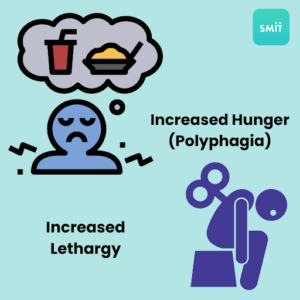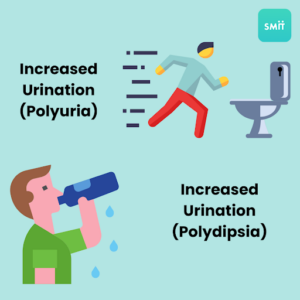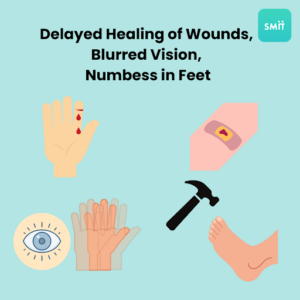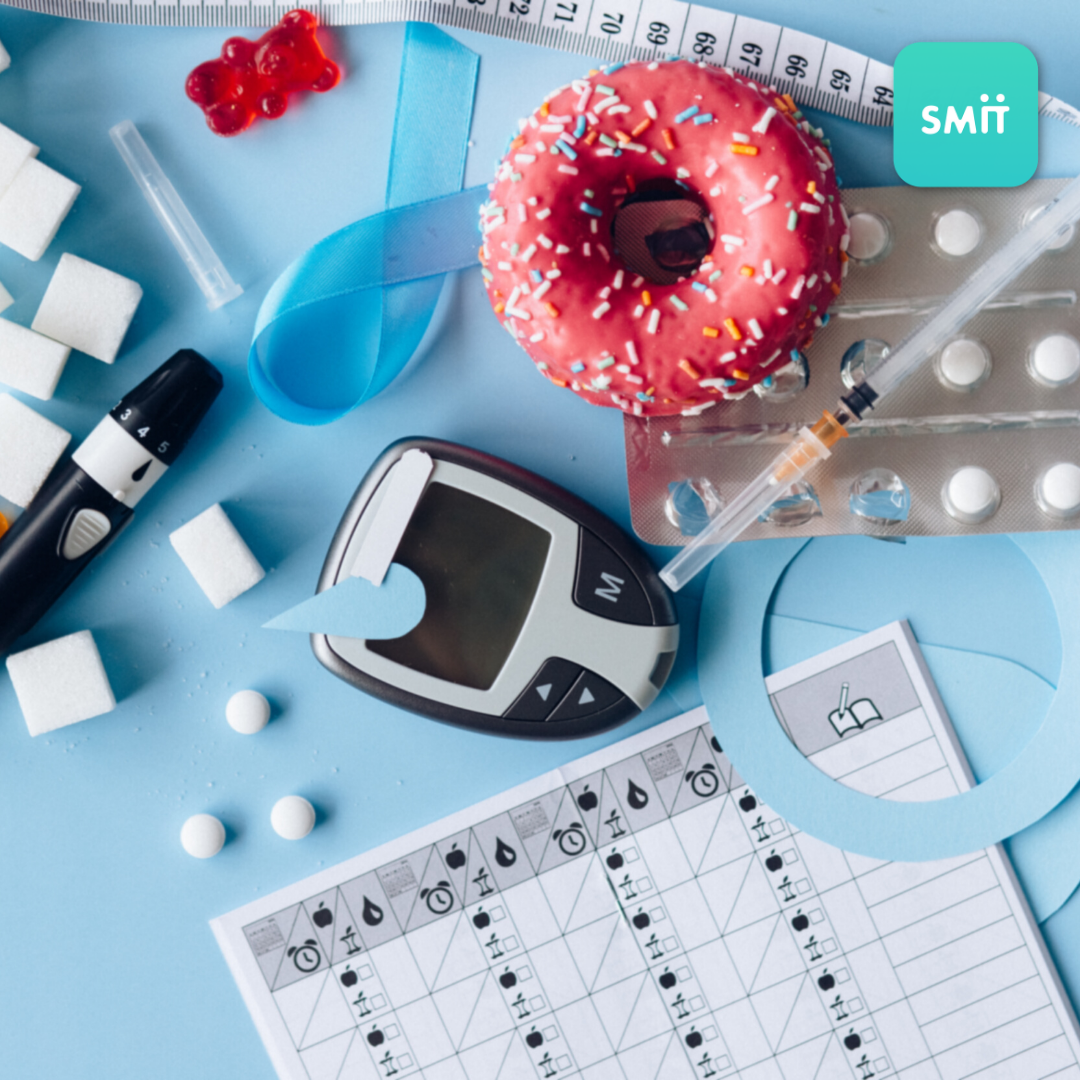Why Continuous Glucose Monitoring (CGM)? Do we really need it?
All about diabetes, its symptoms, & how to control diabetes.
What is Diabetes?
Diabetes is a chronic metabolic disorder happening due to insulin deficiency or insulin resistance leading to high blood sugar levels.
There are 3 types of diabetes.
Type 1: Also called Insulin dependent or juvenile diabetes which happens due to insulin deficiency.
Type 2: Also called Non-insulin dependent diabetes which happens due to insulin resistance.
Gestational Diabetes: It happens during pregnancy especially starts in the second trimester of pregnancy and as soon as women deliver, blood sugars normalise.
Why Silent Killer?
Invariably the condition remains undiagnosed until it is too late because a person living with diabetes does not have any signs and symptoms of diabetes even though blood sugars are high.
It is often picked up during screening at health camps or annual health checks etc.
By then the damage to microcirculation has started already which can affect the vital organs like eyes, kidneys, nerves etc if left untreated hence, controlling diabetes becomes indispensable.
What are common symptoms of diabetes?
In type 1 diabetes, symptoms can develop in just a few weeks or months and can be severe.
In type 2 diabetes, it may take several years for a person to become symptomatic.
Following are the typical symptoms of diabetes:
3 Ps are the classic symptoms
- Increased frequency of urination (Polyuria)
- Increased thirst (Polydipsia)
- Increased hunger (Polyphagia)
- Blurred vision
- Numbness of toes/fingers
- Delayed healing of wound/ulcer
- Recurrent infections especially yeast infections
- Weakness/Lethargy
- Weight gain/ weight loss
- Dry and itchy skin
- Hyperpigmented areas over the nape of the neck, breast folds etc.
When we eat food, it is converted into glucose which is taken up by cells for energy with the help of insulin but in diabetes this process is hampered. Due to deficiency of insulin or resistance, blood sugars levels rise after the person eats food but cells are deprived of glucose. It makes the person feel more hungry and also weak & lethargic.
Normally the body reabsorbs sugar when it passes through the kidney but in diabetes, blood sugar levels are already high, kidneys might not be able to bring it all back in, it causes the body to make more urine and it requires more fluids, hence person feels thirstier and also frequency of urination increases.


Excess blood sugar is thrown out in the urine by the kidney as a compensatory mechanism which can lead to urinary and genital infection especially yeast infections.
Since the body requires more fluids to throw this sugar through excess urine, a person can get dehydrated leading to dry and itchy skin, dry mouth etc.
Impaired circulation, swelling and tissue damage especially in vital organs can lead to various micro and macrovascular complications causing symptoms like blurred vision, pain/numbness in feet, impaired healing of wounds etc.

What are the risk factors of getting diabetes?
The risk of developing diabetes increases in following conditions:
1.Family history of diabetes especially first-degree relatives
2.Being overweight or obese
3.History of gestational diabetes
4.History of polycystic ovarian disease (PCOD)
5.Physical inactivity
6.Unhealthy lifestyle
7.Metabolic syndrome (Increased waist circumference, high triglycerides, low HDL, High blood pressure and high fasting blood sugar)
As we have seen earlier, the symptoms of diabetes are asymptomatic in most of the cases in initial stages, it is better to screen regularly and from a young age particularly if one has above mentioned symptoms of diabetes or risk factors.



0 Comments